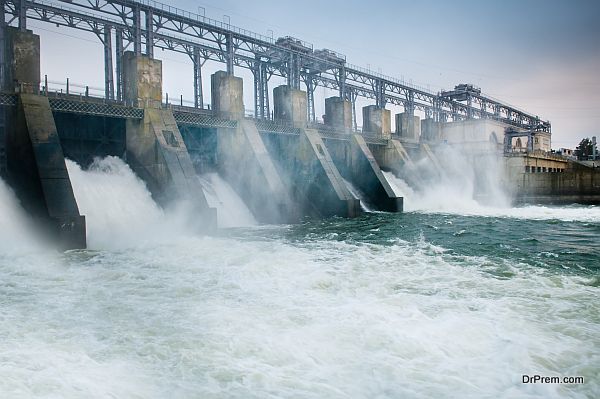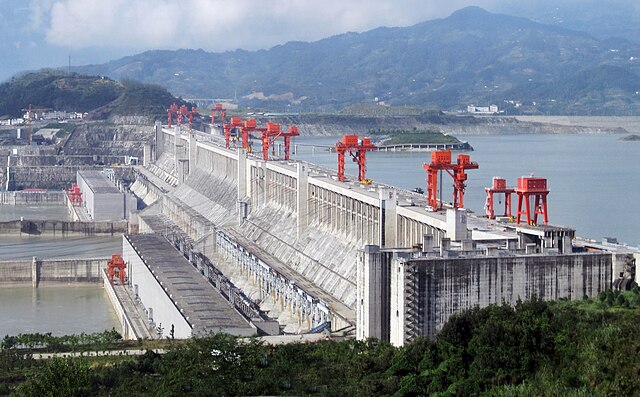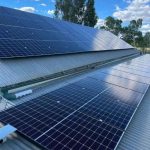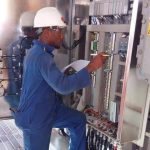Water Plant Services
Client:
Web Genius LabCategory:
EnergyTags:
news, tips, capacity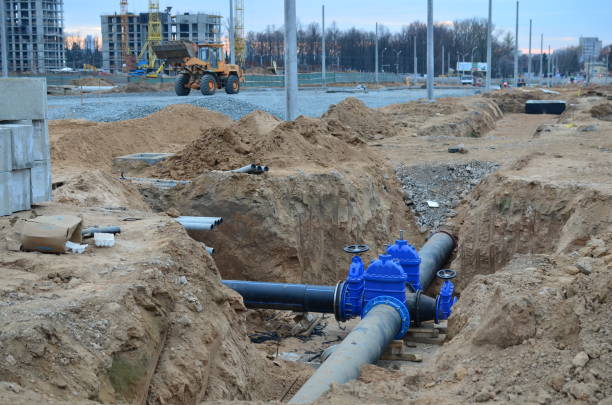
Hydroelectric Energy Services
Hydroelectric energy is made by flowing water. Most hydroelectric power plants are located on large dams, which control the flow of a river. Dams block the river and create an artificial lake, or reservoir. A controlled amount of water is forced through tunnels in the dam. As water flows through the tunnels, it turns huge turbines and generates electricity.
Hydroelectric energy is also fairly reliable. Engineers control the flow of water through the dam, so the flow does not depend on the weather (the way solar and wind energies do).
However, hydroelectric power plants are damaging to the environment. When a river is dammed, it creates a large lake behind the dam. This lake (sometimes called a reservoir) drowns the original river habitat deep underwater. Sometimes, people build dams that can drown entire towns underwater. The people who live in the town or village must move to a new area.
Hydroelectric power plants don’t work for a very long time: Some can only supply power for 20 or 30 years. Silt, or dirt from a riverbed, builds up behind the dam and slows the flow of water.
The industrial processes where carbon monoxide may be produced include: metal manufacturing, electricity supply, mining metal ore and coal, food manufacturing, extracting oil and gas from land or sea, production of chemicals, cement lime, plaster and concrete manufacturing, and petroleum refining.
Industrial plants emit carbon monoxide through the combustion of natural gas, coal and coke too. Combustion means burning — when fuel reacts with oxygen in the air to produce heat.
Carbon monoxide can occur naturally in the environment. It is released into the atmosphere by volcanoes as they erupt, from the smoke of forest fires, from the natural gases in coal mines, and even from lightning!
Other natural sources of carbon monoxide are marsh gases, which are also called methane and produced by plants decomposing under water, marine algae, kelp and seed germination growth.
Vehicle exhaust fumes and bushfires are the highest emitters of carbon monoxide.
Other sources include the internal combustion engines of chainsaws and leaf blowers, as well as charcoal heaters, such as barbeques, wood stoves, gas water heaters, gas stoves, fuel-fired heaters, fireplaces, and gas dryers. Using equipment that does not work properly can also produce extra carbon monoxide.
When carbon monoxide is emitted into the atmosphere it effects the amount of greenhouse gases, which are linked to climate change and global warming. This means that land and sea temperature increases changing to ecosystems, increasing storm activity and causing other extreme weather events.
People and animals can be exposed to high levels of carbon monoxide during bushfires. When we are exposed to high levels of carbon monoxide, it can make us ill and make it more difficult to have babies.
